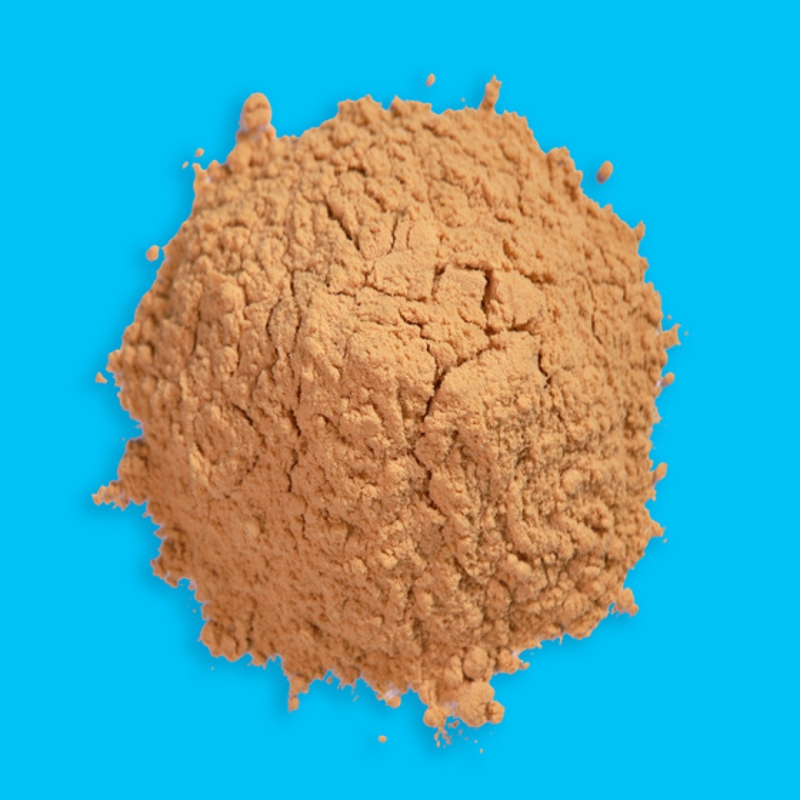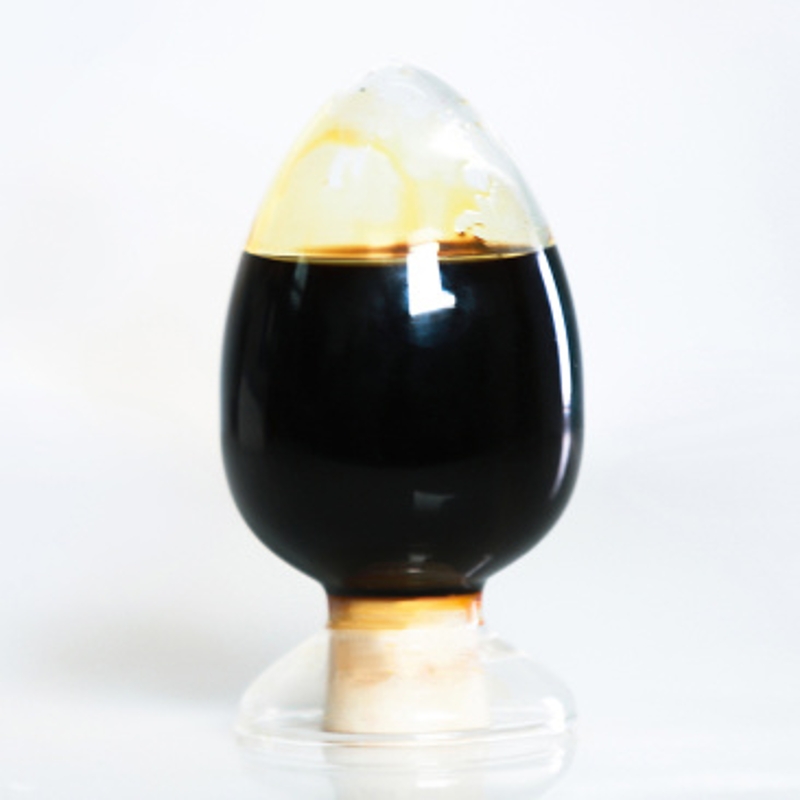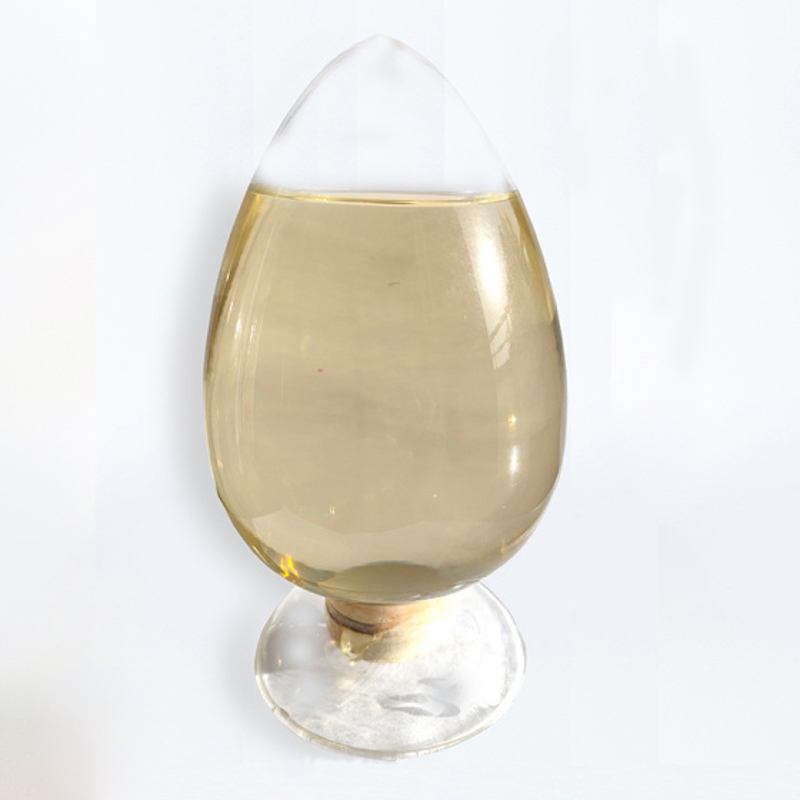-
Categories
-
Pharmaceutical Intermediates
-
Active Pharmaceutical Ingredients
-
Food Additives
- Industrial Coatings
- Agrochemicals
- Dyes and Pigments
- Surfactant
- Flavors and Fragrances
- Chemical Reagents
- Catalyst and Auxiliary
- Natural Products
- Inorganic Chemistry
-
Organic Chemistry
-
Biochemical Engineering
- Analytical Chemistry
- Cosmetic Ingredient
-
Pharmaceutical Intermediates
Promotion
ECHEMI Mall
Wholesale
Weekly Price
Exhibition
News
-
Trade Service
Based on the new concept of dynamic chemistry "Reconstructed Covalent Organic Framework (RC-COF)", the pre-assembly of reversible covalent bonds and post-synthesis framework reconstruction into irreversible covalent bonds are used to prepare high-density covalent organic frameworks.
Crystalline, highly stable covalent organic frameworks (COFs) materials achieve carbon dioxide adsorption superior to all known COF materials, and photocatalytic hydrogen production performance comparable to state-of-the-art materials in the field
.
Recently, the international authoritative academic journal "Nature", with the title of "Reconstructed covalent organic frameworks", reported online the materials biology and dynamic chemistry of East China University of Science and Technology, the Frontier Science Center of the Ministry of Education, the School of Chemistry and Molecular Engineering, Professor Zhu Weihong and Tian He.
Academician and Professor Andrew Cooper of the University of Liverpool, UK, made a breakthrough in the research on the construction of covalent organic framework materials based on dynamic chemistry
.
Dr.
The Crystallization Dilemma: The Central Challenge of Framework Covalent Assembly
The Crystallization Dilemma: The Core Challenges of Framework Covalent Assembly The Crystallization Dilemma: The Core Challenges of Framework Covalent AssemblyAccording to the leader of the research team, covalent organic frameworks (COFs) are an emerging crystalline porous material.
With excellent structural tailorability and functional tunability, as well as low skeletal density, high porosity, and open pore structure, it has broad prospects in functional applications such as gas storage, adsorption and separation, photoelectric conversion, and heterogeneous catalysis
.
Dynamic covalent chemistry is the scientific basis for the directional design of COF materials, which endows the covalent assembly process with error correction ability and is the key to simultaneously achieve crystallinity and stability
.
However, "crystallinity" and "stability" are often "concerned about the other" in the synthesis and preparation of COF materials: on the one hand, the reversible covalent bonds used in the synthesis of highly crystalline COF frameworks are easily decomposed under extreme conditions, which greatly limits their use.
Framework Refactoring: More Precise and Stronger Covalent Connections
Frame Refactoring: More Precise and Stronger Covalent Connections Frame Refactoring: More Precise and Stronger Covalent ConnectionsIt is understood that the research team draws on the concepts of supramolecular chemistry nano-confined reaction and dynamic covalent chemistry, cleverly separates framework covalent assembly and irreversible covalent bonds, and proposes a synthesis strategy of "reconstructed covalent organic framework": Using reversible covalent bonds, organic primitives are "pre-assembled" into crystalline frameworks, and then "confined reconstruction" after synthesis is carried out, thereby realizing the efficient preparation and scale of high-stability crystalline COFs under conventional synthesis conditions.
production
.
In practice, the researchers used urea bonds with strong directionality and high reversibility as "covalent ropes" to pre-assemble molecular elements into a highly crystalline COF framework, and then use water at a higher reaction temperature.
Molecules act as "scissors" to cut the "covalent rope", and the functional units of aromatic amines and aldehydes that are retained after releasing ammonia and carbon dioxide are in-situ polymerization and irreversible isomerization in the nano-confined framework, completing high stability The crystallization of the preset reconstruction of the sexual framework
.
The researchers also monitored the crystallinity of the samples by quasi-in situ X-ray powder diffraction and observed the entire frame reconstruction process
Improved performance: better materials, better performance
Performance improvement: better material, better performance Performance improvement: better material, better performance According to the leader of the research team, the crystallinity and porosity of the RC-COF material prepared by the reconstruction method have been significantly improved compared with the COF material prepared by the traditional direct polymerization method - the specific surface area can be increased by up to 4.
5 times, and the pore volume can be increased by up to 4.
5 times.
up to 4 times larger
.
Among them, the adsorption capacity of RC-COFv-1 for CO2 reached 147 cm³ g⁻¹ (28.
High crystallinity not only brings higher specific surface area and porosity, but also endows the material with more superior photo-generated carrier formation and transport capabilities
.
Among them, RC-COF-1 exhibits a photocatalytic hydrogen production rate of 27.
⁻¹ ⁻¹ _ _
According to the researchers, the innovative concept of this work was inspired by the concept of "turning a cocoon into a butterfly" in Chinese excellent traditional culture - pre-assembled into a crystalline metastable covalent framework through weak reversible covalent bonds, and then A new and more stable framework is formed through dynamic chemistry and nano-confined reactions, similar to the process of a butterfly transforming from a larva to a butterfly.
"
.
Professor Zhu Weihong said, "The urea group proposed in this study as a disposable, reversible, and removable 'covalent tether' opens up dynamic chemistry for the construction of COF materials with both high crystallinity and high stability.
A new paradigm
.
"







